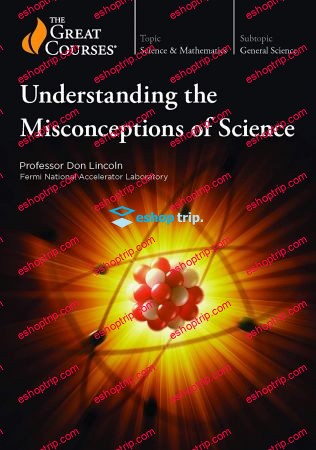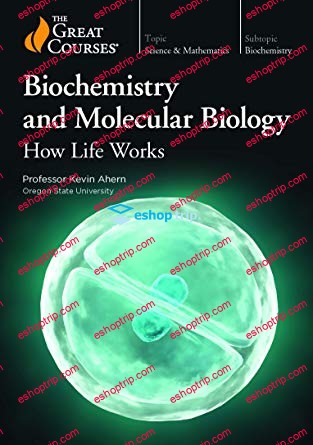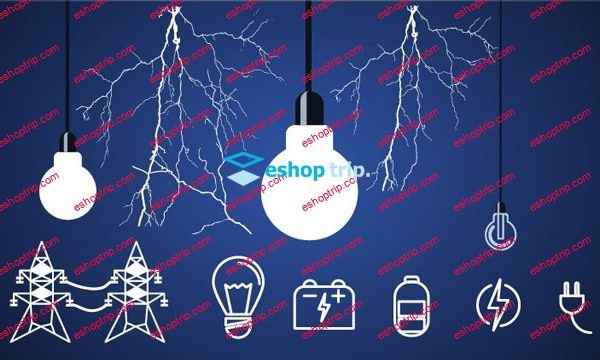Mary Power General Biology I (Berkeley)
General Biology I by Mary Power at Berkeley
4.87 GB
General introduction to cell structure and function, molecular and organismal genetics, animal development, form and function
Video: 320×240
Lecture 1 – Life and the stuff of life
Lecture 2 – Macromolecules structure and function: proteins and lipids
Lecture 3 – Macromolecules structure and function: carbohydrates and nucleic acids
Lecture 4 – Cell structure and organization -#1
Lecture 5 – Cell structure and organization -#2
Lecture 6 – Biological membrane structure & organization
Lecture 7 – How cells function – an introduction to cellular metabolism and biological catalysts
Lecture 8 – Enzyme structure and function -#1
Lecture 9 – Enzyme structure and function -#2
Lecture 10 – Cellular energy and work
Lecture 11 – Cellular combustion and the production of energy – #1 – anaerobic processes
Lecture 12 – Cellular combustion and the production of energy – #2 – aerobic processes
Lecture 13 – Photosynthesis – from light to ATP
Lecture 14 – Photosynthesis – from CO2 to sugars
Lecture 15 – How Somatic Cells (Mitosis) and Gametes (Meiosis) Inherit Genomes
Lecture 16 – The Laws that Govern the Inheritance of Traits – Segregation of Alleles
Lecture 17 – How Genes Are Organized on Chromosomes – Linkage, Recombination, Mapping
Lecture 18 – Genes Are Made Of DNA
Lecture 19 – Gene Expression I – DNA is transcribed into RNA
Lecture 20 – Gene Expression II – RNA is translated into protein
Lecture 21 – Microbes – Viruses, Bacteria, Plasmids, Transposons
Lecture 22 – Regulation of Gene Expression in Prokaryotes
Lecture 23 – Gene Structure & Regulation in Eukaryotes I
Lecture 24 – Gene Structure & Regulation in Eukaryotes II
Lecture 25 – How To Isolate, Study and Use Genes – Part I
Lecture 26 – How To Isolate, Study and Use Genes – Part II
Lecture 27 – Genetic Regulation of Development
Lecture 28 – Overview Molecular regulation
Lecture 29 – Multi-cellularity: Cell Shape and function, Tissue specialization, homeostasis
Lecture 30 – Hormones, Receptors, & the Endocrine System – Part I
Lecture 31 – Hormones, Receptors, & the Endocrine System – Part II
Lecture 32 – Reproductive System – Part I
Lecture 33 – Reproductive System – Part II
Lecture 34 – Fertilization and Embryogenesis
Lecture 35 – Developmental Strategies and Mechanisms
Lecture 36 – Digestive System
Lecture 37 – Circulatory & Respiratory Systems
Lecture 38 – Immune System
Lecture 39 – Excretory System and Kidney Function
Lecture 40 – Nervous System
Lecture 41 – Cell and Tissue Dysfunction
Lecture 42 – Bio-engineered Animals and Models of Human Disease











Reviews
There are no reviews yet.